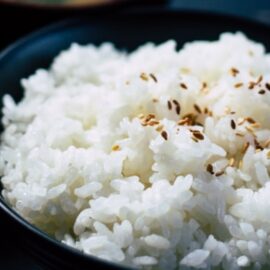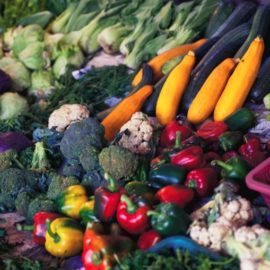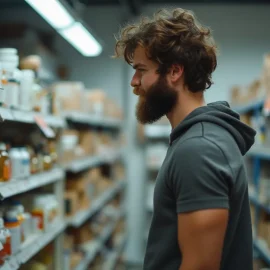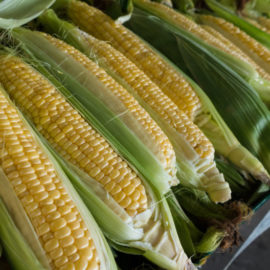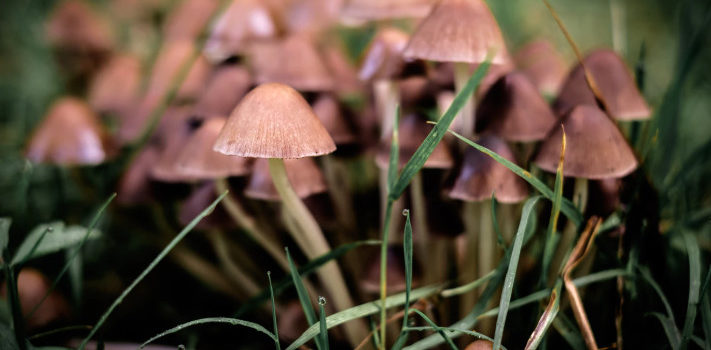
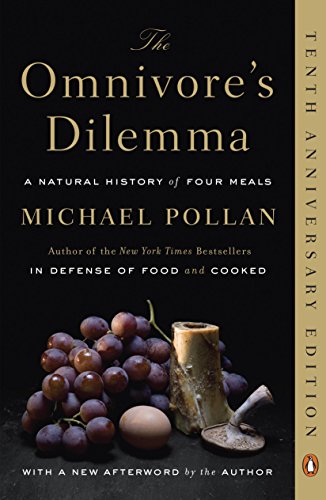
This article is an excerpt from the Shortform summary of "The Omnivore's Dilemma" by Michael Pollan. Shortform has the world's best summaries of books you should be reading.
Like this article? Sign up for a free trial here .
People garden and gather mushrooms to feel self-reliant, like they have the skills to survive.
Gardening and mushroom hunting, however, are very different experiences. In a garden, plants present their fruits (to ensure propagation). In mushroom hunting, the species you’re looking for is hard to find; it literally hides in nature.
Mushrooms are wild and pursue an agenda different from yours; some of them can kill you. That’s why looking for mushrooms is called hunting rather than gathering or harvesting.
Mysteries About Mushrooms
We actually know little about fungi, the third kingdom of life. Books and articles about mushrooms pose as many questions as answers. We don’t know even basic things. We don’t know what rules govern their creation and growth.
Here’s are some of the things we do know about mushrooms.
- The mushroom is only the top (the fruiting body) of a much larger organism that lives mostly underground. The underground parts break apart when you try to unearth them. They obtain their energy in one of two ways: by decomposing dead vegetable matter, and by associating with the roots of living plants.
- The choicest wild mushrooms are impossible to cultivate; they can take decades to fruit. Some have co-evolved with trees in a symbiotic relationship.
- They perform a necessary function of breaking down organic matter created by plants (or breaking the dead down to make food for the living)
- Other attributes include: They contain few calories, some produce toxins or hallucinogens, some can push through asphalt, and others can break down petrochemical sludge.
A mysticism surrounds mushrooms; some associate their powers with the moon.
Hunting Chanterelles
Mushroom hunters, like fisherman, are reticent about their best sites, and Pollan at first had trouble finding someone who would take him mushroom hunting. Then the man who took him pig hunting also took him to hunt for chanterelle mushrooms.
Chanterelles grow under old oak trees, hiding from view in the leaf litter. They’re hard to see and you have to sharpen your focus or “get your eyes on” before you can see them. Eventually Pollan started seeing them and gathered a few.
Wild mushrooms underscore the omnivore’s dilemma: figuring out which ones are safe to eat. Community and culture answer this question. Mushroom hunters teach novices by showing them the right mushrooms. After a hunting trip with experienced mushroom hunters, the author had confidence to go hunting for chanterelles on his own.
Hunting Morels
Hunting morel mushrooms is different from hunting chanterelles. It’s a more competitive pursuit. Pollan found someone to take him hunting or “burn morels,” which grow profusely in pine forests that have been burned over by wildfires.
People have been gathering morels in burned forests for a long time; in Bavaria, they once set fires in order to harvest morels. No one is sure exactly why morels come up after a fire.
You hunt for them in steep, rocky terrain in variable weather (usually hot or rainy). Hunters keep in touch via walkie-talkies, and mark positions via GPS. It can be very competitive with foragers rushing to get to the best spots first. Some “professionals” make a living selling morels to restaurants or to brokers.
In California, morels come up when the snow melts and the soil warms. They’re difficult to spot and morel hunters lie on the ground to look for them at that level.
You see them by fixing in your mind the size, shape, and image of what you are looking for and they seem to pop out of your visual field. The pop-out effect is a visual phenomenon confirmed and studied by researchers.
On that trip, the author and his companions found 60 pounds of morels worth $20 a pound, and which they quickly sold.
———End of Preview———

Like what you just read? Read the rest of the world's best summary of Michael Pollan's "The Omnivore's Dilemma" at Shortform . Learn the book's critical concepts in 20 minutes or less .
Here's what you'll find in our full Omnivore's Dilemma summary :
- What does Omnivore's Dilemma mean?
- Why is industrial farming so bad for you and the environment?
- How did corn and its byproducts (like corn syrup) end up in tens of thousands of foods?
- How is Industrial Organic food like at Whole Foods not much better than massive industrial farming?
- What happens when you try to forage for your own food?

